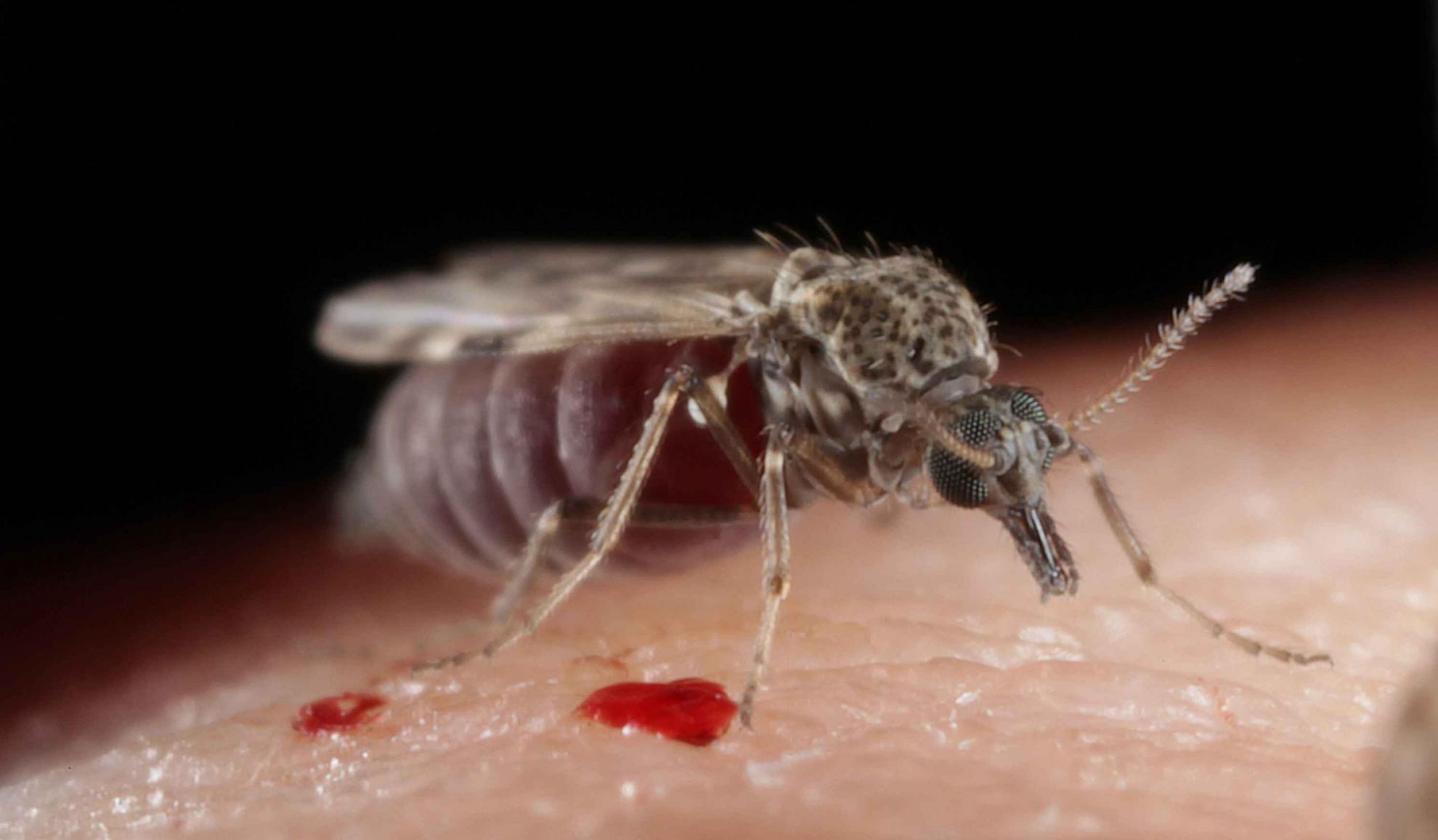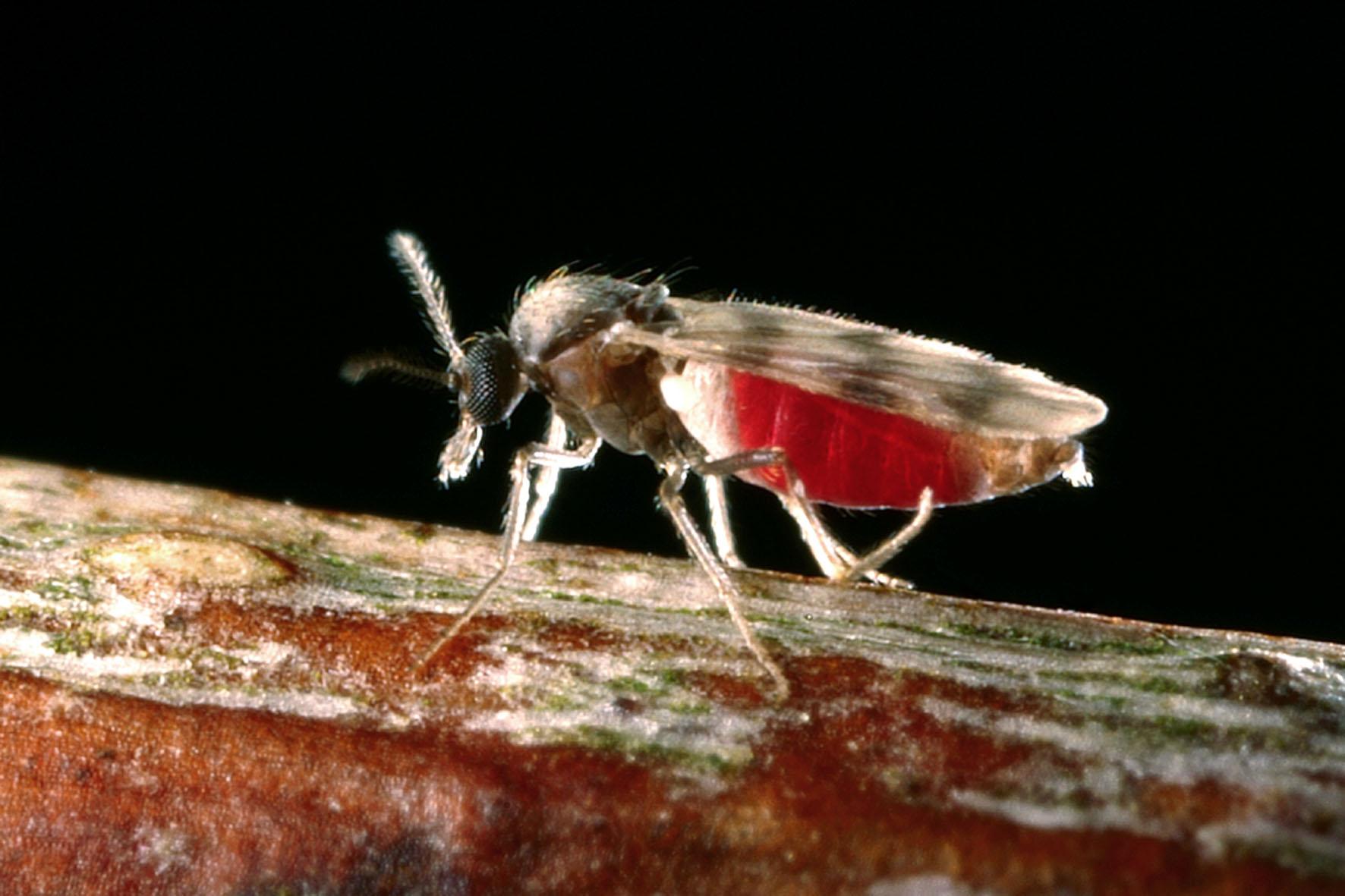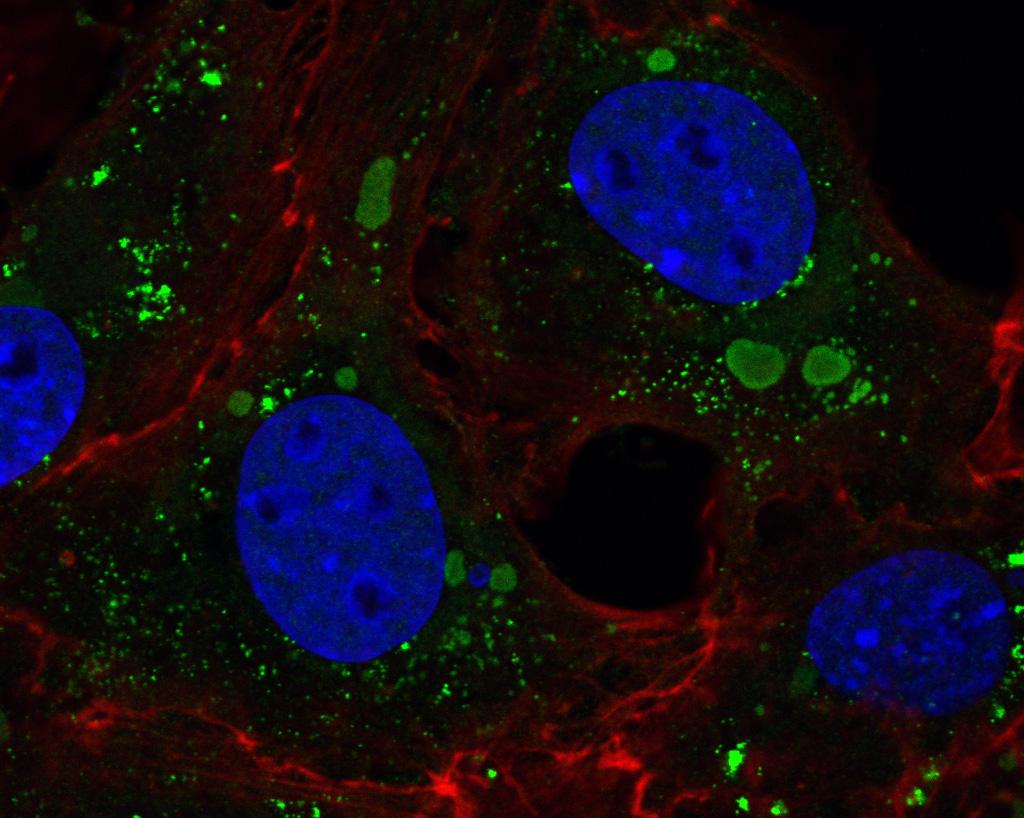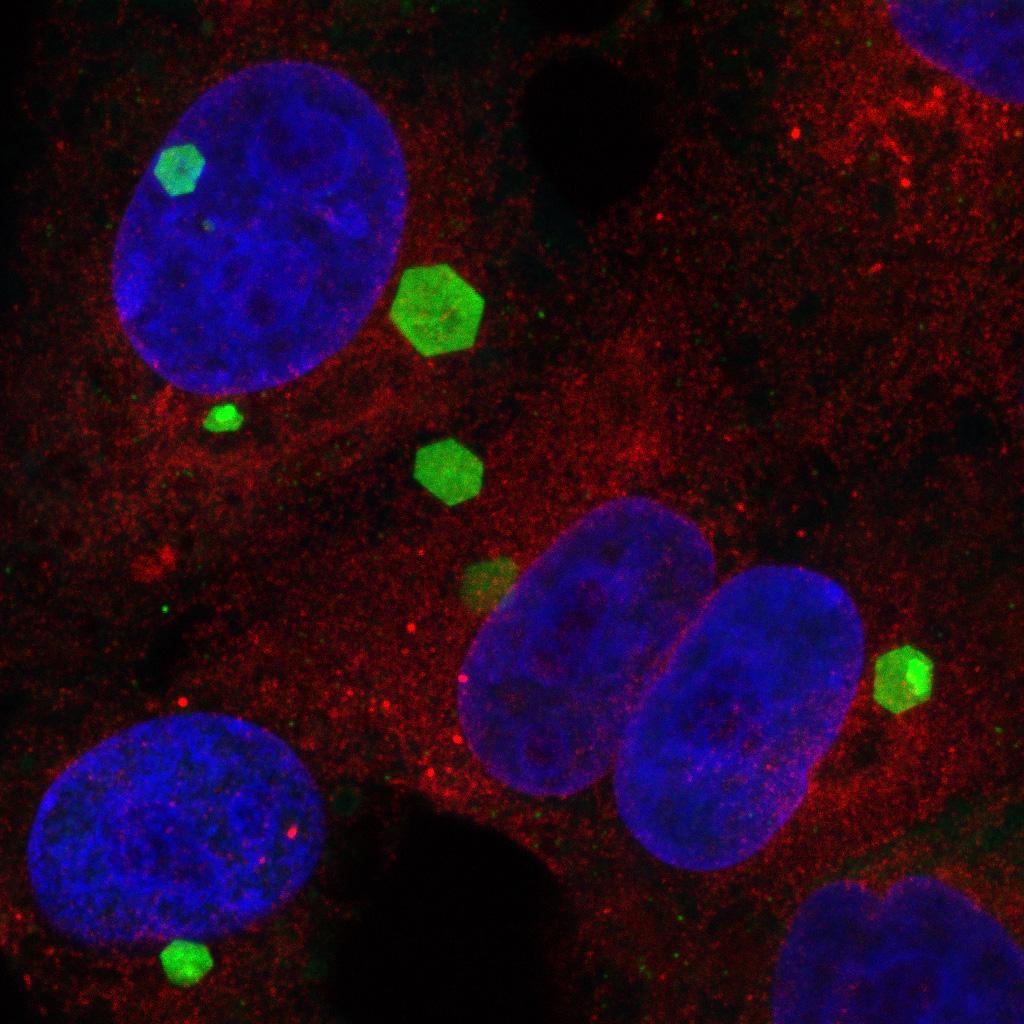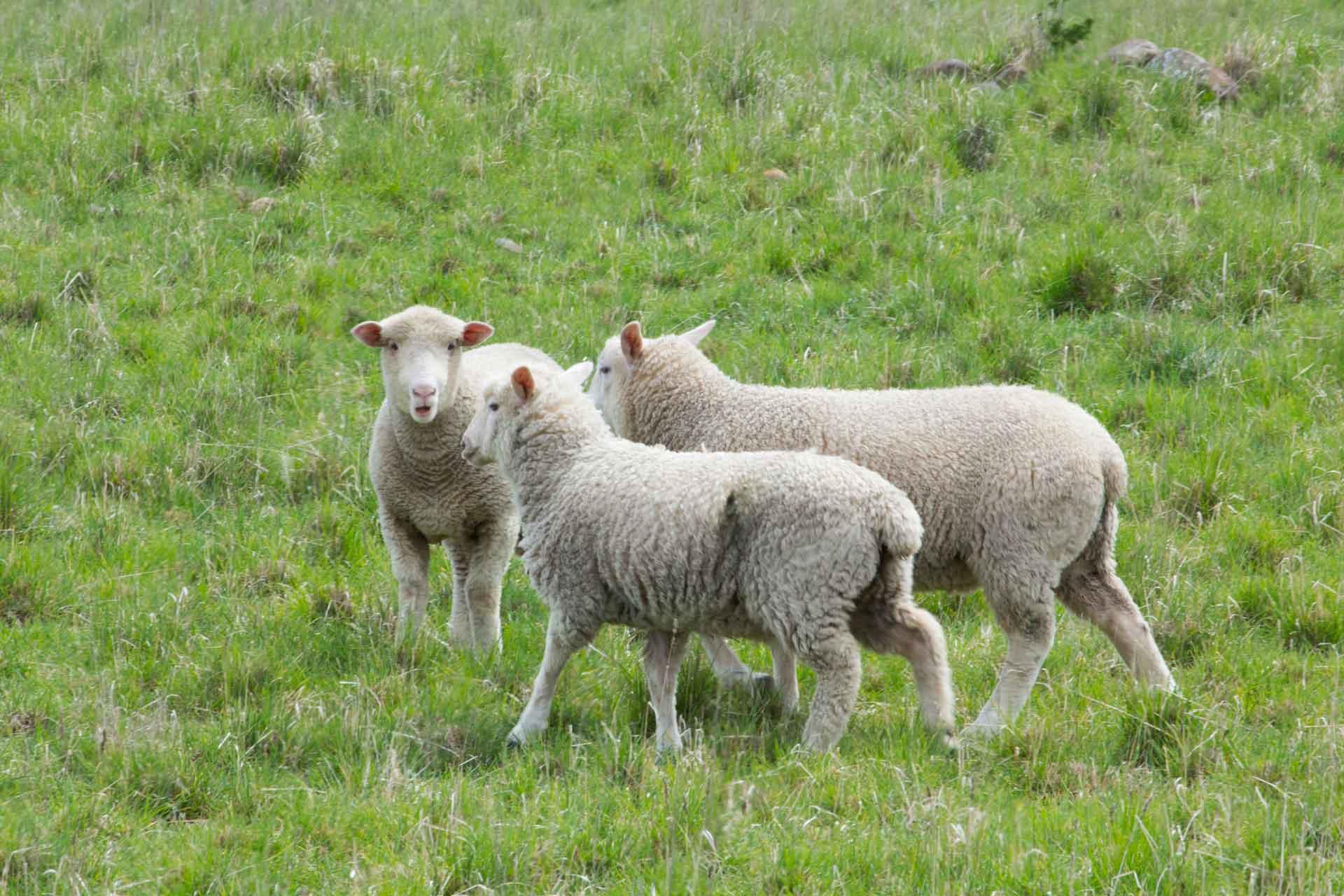Our group
The Pirbright Institute has a long history of research on the transmission of arboviruses (arthropod-borne viruses) by insects, including Culicoides biting midges and mosquitoes, to animals and humans. Arboviruses cause diseases of medical and veterinary importance worldwide and some, such as bluetongue virus, have already reached the UK. The Entomology Group uses field and laboratory studies to understand the interactions between arboviruses, insect vectors and their mammalian hosts. We use this knowledge to help reduce arbovirus impact in areas where they occur and to predict where they might appear next.
Our aims
The aim of the Entomology group is to investigate the role of insect vectors in virus transmission to understand how they determine the emergence, spread and persistence of virus outbreaks and how we might minimise the impact of vector-borne disease.
Our research
Our current research funded by the Biotechnology and Biological Research Council (BBSRC) and Defra and is centred over three main themes:
- What factors permit or prevent arbovirus infection, dissemination, and transmission of a vector species or population?
Vector competence is the proportion of an arthropod species or population susceptible to infection, replication and transmission of a pathogen. It varies between vector species and populations and the pathogen species and strain. We will investigate the contribution of genetic, microbe and environmental drivers of vector competence in Culicoides biting midges and how they interact to determine the emergence and spread of arboviruses they transmit including bluetongue virus.
- Does virus infection alter insect physiology and behaviour in ways that impact on their ability to transmit arboviruses?
There is increasing evidence for the influence of pathogen infection of insects that may increase the probability of transmission. Changes in vector physiology and behaviour induced by infection may in some cases be regarded as manipulation of the vector by the pathogen. We will examine the effects of arbovirus infection on insect tissues, determine what physiological and behavioural traits may be impacted and determine the impact of infection on the capacity of the insect to transmit an arbovirus.
- What ecological and climate factors determine the ability of insects to act as vectors?
Knowledge of the seasonal and meteorological factors that determine Culicoides biting midge vector behaviour and abundance has been key in the development of predictive risk models of Culicoides-borne virus incursion and spread. We continue to develop and refine the data that underpins these models and determine drivers of seasonality and survival, particularly those that may facilitate arbovirus persistence over the winter months when vectors are not active and may indicate likely impacts of climate change. We also use our experience with Culicoides biting midges to parameterise the life history of other vector groups such as the large biting flies.
Our group is also involved in collaborative projects investigating mechanical virus transmission by vectors and the impact of virus infection on the mammalian host odour profile.
Our impact
The group played a key role in policy advice during the 2007 incursion of bluetongue virus (BTV) into the UK, correctly predicting where and when the virus would arrive, when it would re-emerge in 2008 and during which periods it was safe to transport animals which enabled over 70,000 movements to take place. The data produced by the group also enabled accurate dates to be set for vaccination for BTV in 2008 to be completed to prevent re-emergence of the virus which was successfully achieved.
We continue to provide entomological data and advice for risk assessments of the incursion, mitigation and control of Culicoides-borne viruses.
